Easter was approaching. On Thursday, April 17, 2014, the day before “Good Friday”, we thought on this occasion to visit the numerous churches of Goa that stood the sands of time as a legacy of more than four centuries of Portuguese rule. Old Goa, a 30-minute drive from our hotel, is famous for having the largest 17th-century churches and cathedrals in Asia. Almost every town and village has its own parish church.
Since none of us is an expert guide in that area, I thought I share some facts about the history of old Goa and combine them with a selection of photos taken by us. (All the information sources I used in this article will be mentioned at the end of each paragraph)
“Old Goa is a historical city in North Goa district in the Indian state of Goa. The city was constructed by the Bijapur Sultanate in the 15th century and served as the capital of Portuguese India from the 16th century until its abandonment in the 18th century due to a plague. It is said to have once been a city of nearly 200,000 wherefrom, before the plague, the Portuguese traded across continents. The remains of the city are a UNESCO World Heritage Site. Old Goa is approximately 10 kilometers east of the state capital Panjim. (Wikipedia, Old Goa)“
This time and to avoid any scooter failure we decide to rent some newer ones directly from the hotel where we were staying. The price was a bit higher, but it wasn’t something that we couldn’t afford.
We took off on these “much better rides” and we followed a visit plan set by Chantal the day before. From our location on Vainguinim Beach, Dona Paula to Old Goa we rode around 20 km (12.4 miles) but it took us around an hour due to the photo stops we made on our way along the Mandovi River…well this is not the whole truth. The truth is that we lost our way! We had a paper copy map that Chantal got it for free from a gift shop and some photocopied notes from the lonely planet book “India” that one old Indian friend gave me a long time ago as a gift. For some inexplicable reason, we didn’t feel the need to get an internet card and use Google maps. The map we had was not accurate. Opening it wide on the scooter while riding wasn’t practical at all. Some of the roads were not shown on the map while other dirt roads appeared on the map but we didn’t want to venture into some off-road tracks and get kidnapped by who knows who. We learned our lesson the hard way. From that day on, whenever we land in any new country, the first thing we would do is buy an internet card.
The first church we visited that day was “Our Lady of the Immaculate Conception” located in Panjim. This church is well known and still actively conducting Christian ceremonies, masses and daily community prayers.

The “Our Lady of the Immaculate Conception Church” is located in Panjim, Goa, India. The Church conducts mass every day in English, Konkani, and Portuguese. The colonial Portuguese Baroque style church was first built in 1541 as a chapel on a hillside overlooking the city of Panjim. It was eventually replaced by a larger church in the 1600s as part of Portuguese Goa’s religious expansion. This church houses the ancient bell that was removed from the Augustinian ruins of the Church of Our Lady of Grace (Nossa Senhora da Graça) in the once famed city of Old Goa. This bell is considered to be the second-largest of its kind in Goa, surpassed only by the Golden Bell which resides in the Sé Cathedral in Old Goa. (Wikipedia, Our Lady of the Immaculate Conception Church)
It was so moving and inspiring to see all the believers gathered in the humblest way praying from their hearts. It gave us the spiritual boost we needed for that day.
Our next stop was the “Sé Catedral de Santa Catarina”, known as “Sé Cathedral” located in old Goa.
Se Cathedral is the cathedral of the Latin Rite Roman Catholic Archdiocese of Goa and Daman and the seat of the Patriarch of the East Indies. Located in Old Goa, India, the largest church in India is dedicated to Catherine of Alexandria. It is one of the oldest and most celebrated religious buildings in Goa and is one of the largest churches in Asia. (Wikipedia, Se Cathedral)

Followed by St Cajetan Church, Old Goa
The St Cajetan Church is located in Old Goa. It is famous for the high vault on which are inscribed the words of Christ ‘My House Is a House of the Words of Christ”. St Cajetan lies about half a km away to the northeast of the Se Cathedral and closes to the ruins of the Viceregal Palace. (Source: Maps of India)
Followed by The Basilica of Bom Jesus, Old Goa
The Basilica of Bom Jesus holds the mortal remains of St. Francis Xavier. ‘Bom Jesus’ (literally, ‘Good (or Holy) Jesus’) is the name used for the Ecce Homo in the countries of Portuguese colonization. The Jesuit church is India’s first minor basilica, and is considered to be one of the best examples of baroque architecture in India. (Wikipedia, Basilica of Bon Jesus)

Followed by the Church of St. Francis Of Assisi, Old Goa:
The Portuguese built the Church of St. Francis of Assisi in 1661. This church lies on the western side of Se Cathedral, with the Palace of the Archbishop in-between. Laterite blocks were used in its construction that is lime-plastered. The convent, which is an annexure of the church, houses an archaeological museum. The statue of St. Francis of Assisi, made of wood, embellishes the pedestal that bears the emblem of Franciscans. A statue of Our Lady of Miracles, brought from Jaffna, Sri Lanka, adorns the facade. The statues of St. Peter, St. Michael and St. Paul are also seen here. Painted panels portraying the life of St. Francis of Assisi are retained on the adjoining walls. (Churches of Goa)

A bit further from all the church assembly is the “Church of the Lady of the Rosary”.
When we arrived, the church was full of worshipers attending the Good Friday mass, and we felt it would be inappropriate to go in with our cameras and backpacks and look like some stupid tourists wandering inside. We preferred to take a look from outside.
On the western side of the Holy Hill, called Monte Santo, lies the Church of Our Lady of Rosary. The church gives an excellent view of the Mandovi River and Divar Island. History evidence that in 1510, Alfonso de Albuquerque organized his army at this site and eventually became victorious. This church holds high regard as St. Francis Xavier imparted his teachings here to the locals. The main altar has the image of the Lady of Rosary. (Source: Maps of India)
We ended our pilgrimage type of tour at the Ruins site of St. Augustine Church. Of all the church structure only one 46-meter-high tour is still standing. Right after we exited the ruins we found ourselves next Franciscan Hospitaller Sisters.
St. Augustine Tower is one of the spectacular monuments in Old Goa. Served as a belfry, this 46-meter-high four-storied magnificent tower forms part of the facade of the St. Augustine Church. It was built by the Augustinian friars in 1602. The church was built by 12 Augustine friars, the construction of which was finished in 1602. The church is in ruins today, with the bell tower being the only remains of the site. However, sometime between 1841 and 1871 the bell of the tower was removed and kept at Fort Aguada Light House. Later it was transferred to Panaji in the Lady of Immaculate Conception Church. (Source: Maps of India)
During our visit to the church ruins site, we were lucky to witness the filming of a Bollywood movie scene. We will never know what was that movie about.
Of all the churches we visited that day the Church of Saint Cajetan was one of the nicest and well-maintained churches while the ruins of Saint Augustine church kept us wondering what greatness that church would have had in its days of glory.
We walked a lot during that day, and the weather was hot and humid. On our way back, we were thirsty hungry and exhausted. We tried to find a restaurant to eat but we discovered that restaurants in Goa take a break between 3 pm and 5 pm. We stopped at a small shop and got us some biscuits and other snacks and we had one of the best dinners back at the hotel.
That was a good day… and what a better way to end our day than at the beach under the stars.
Read more about our 8-day adventure to Goa-India while we discover the best places to visits and things to do
Day 1: Anjuna | Day 2: Panaji | Day 3: Anjuna Flea Market | Day 4: Old Goa and churches day tour | Day 5: Dudhsagar falls and the Spice Farm visit | Day 6: Reis Magos Fort, Dolphin sighting, Chapora Fort, Baga beach – celebrating Easter at “Our Lady of the Immaculate Conception Church” | Day 7: Dr. Salim Ali Bird Sanctuary – Baga Beach | Day 8: Palolem
Checkout LawaynNext Facebook Page and Instagram for more photos. Do not hesitate to use the Hashtag #LawaynNext for related travel posts.
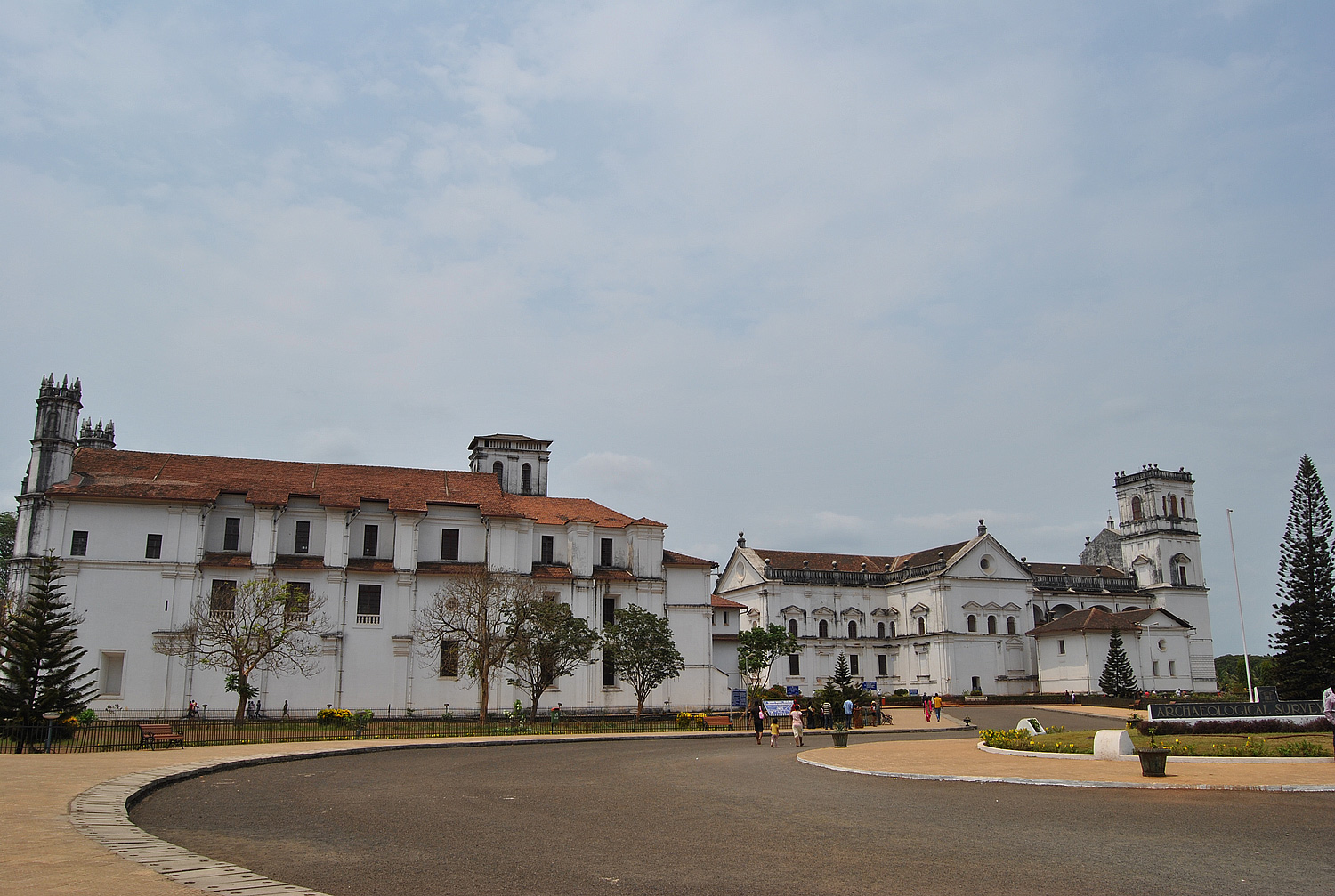
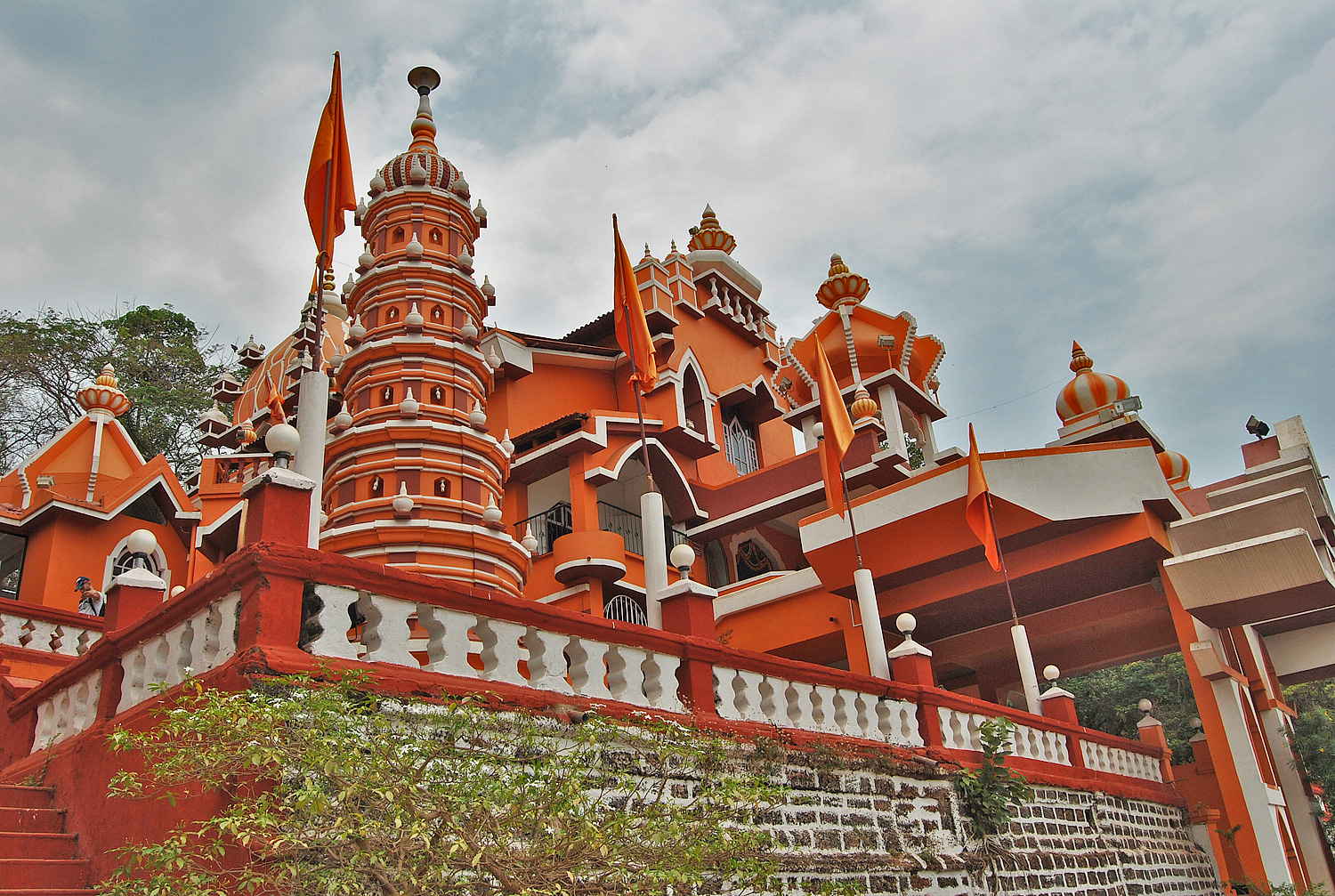

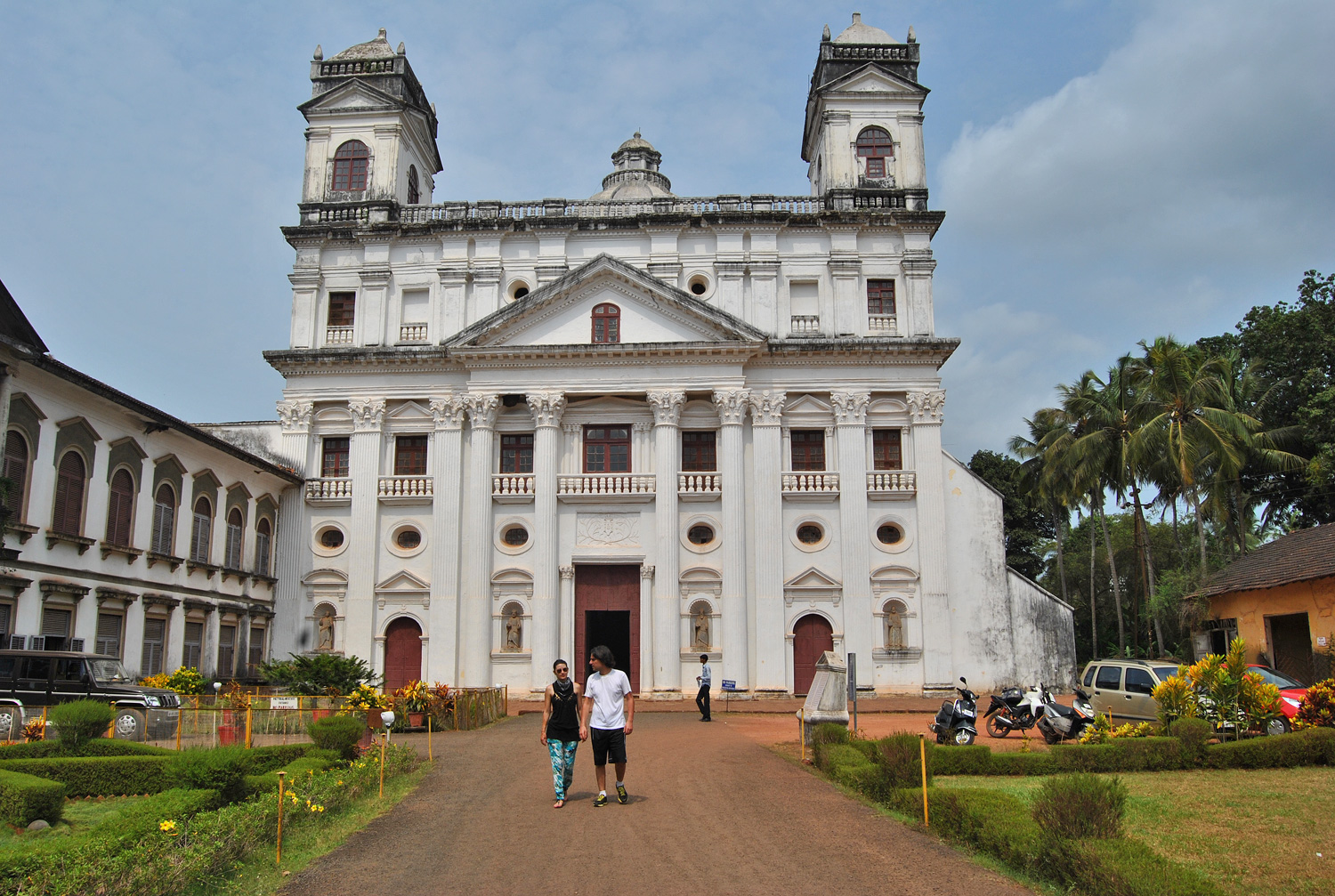
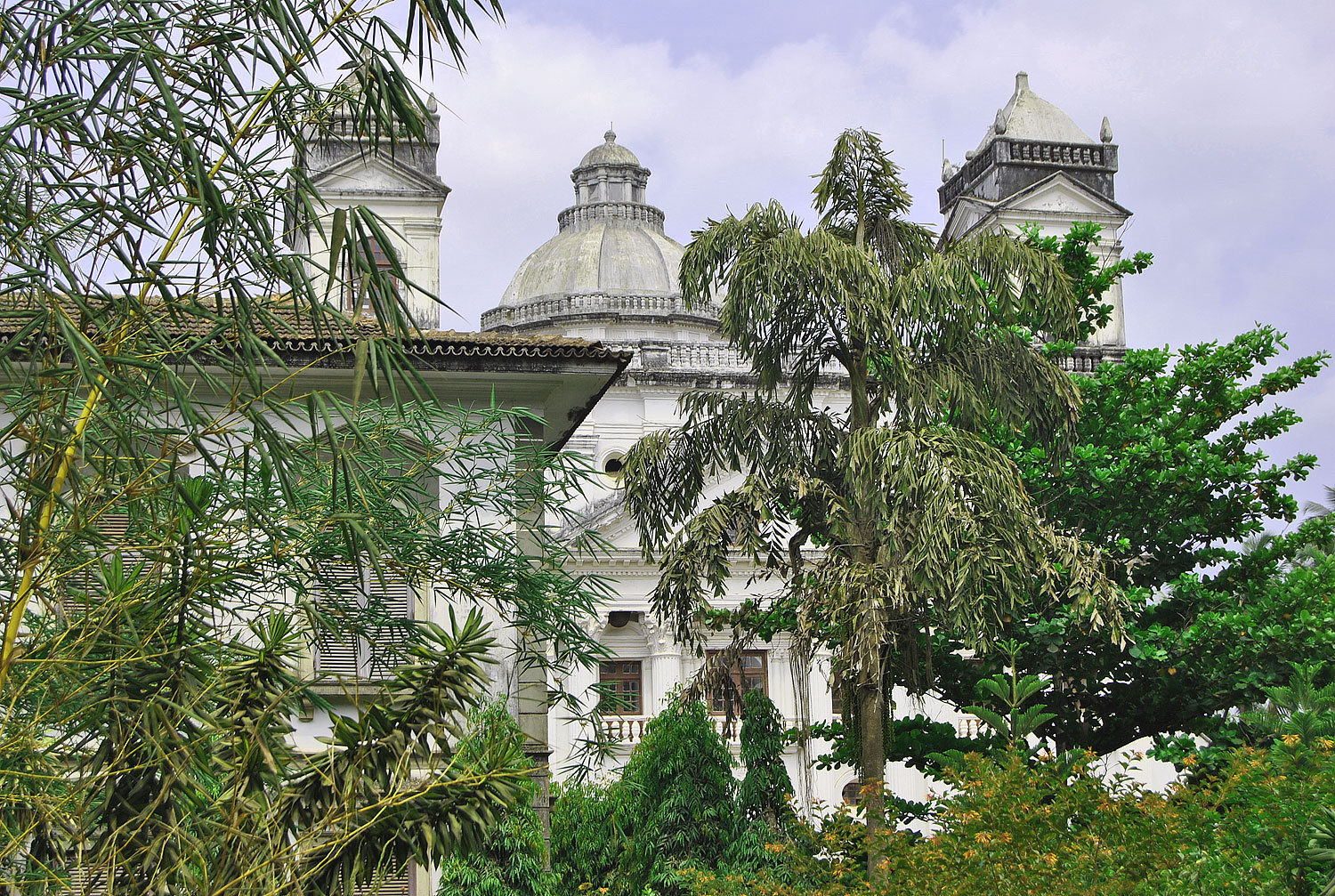
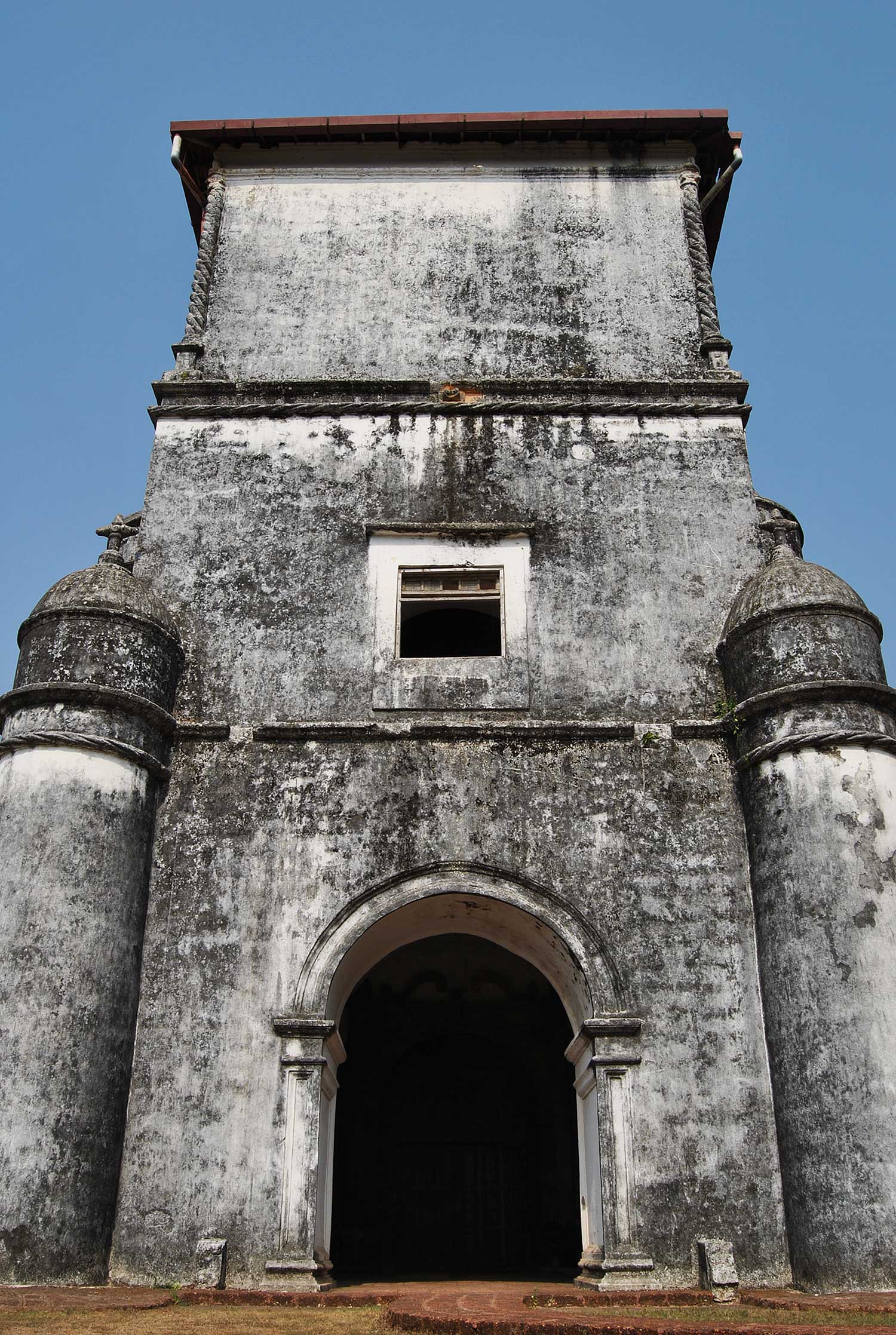
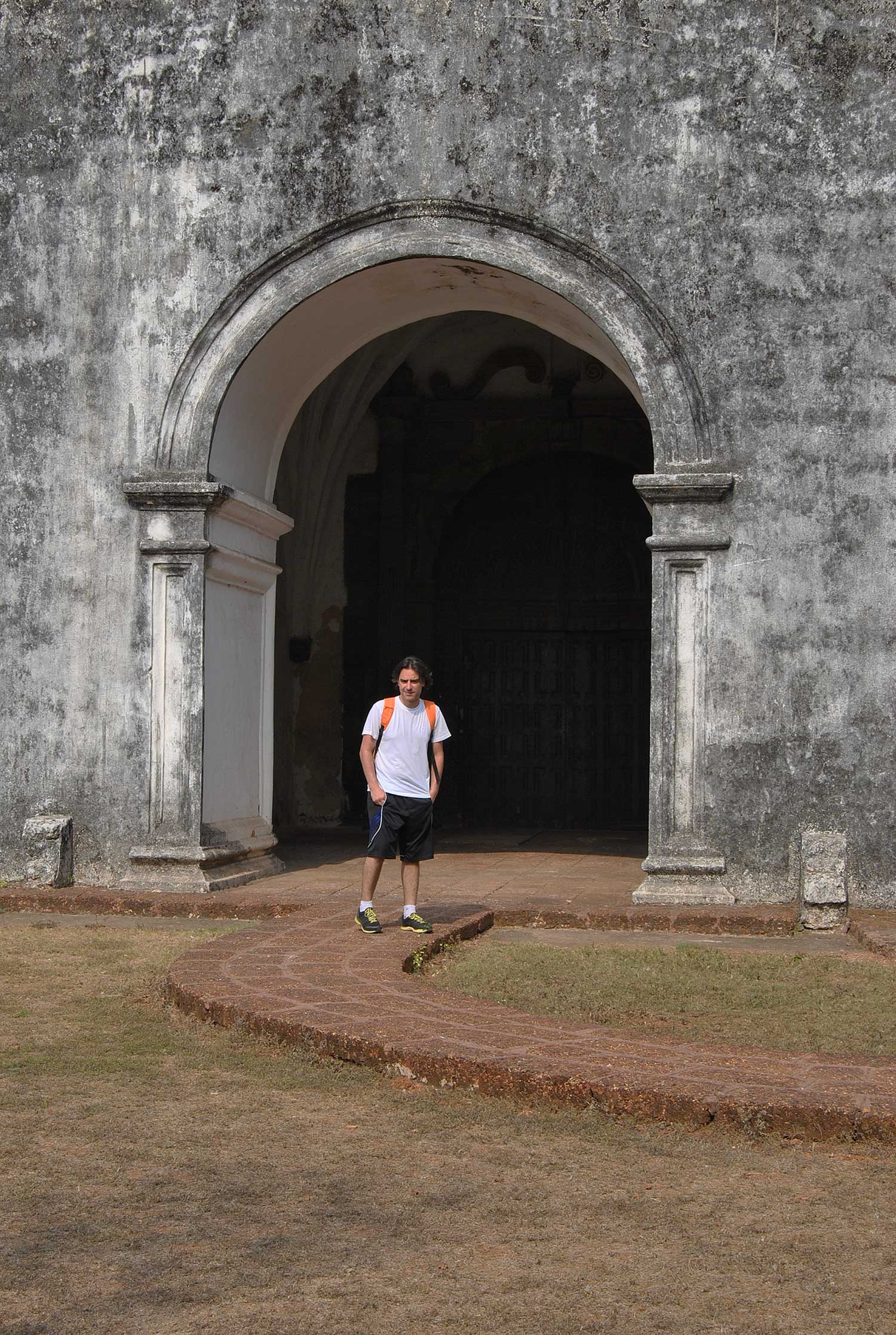
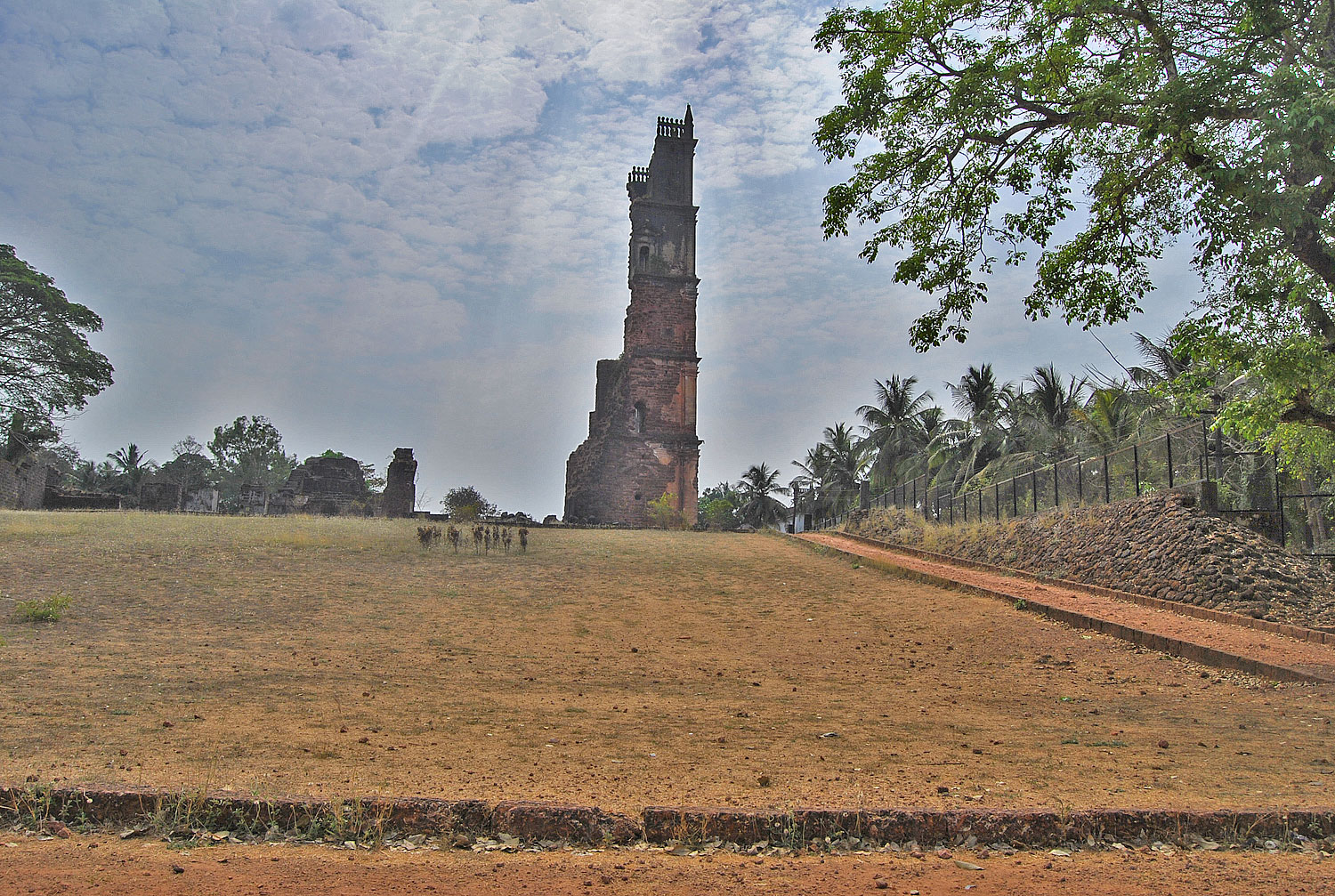
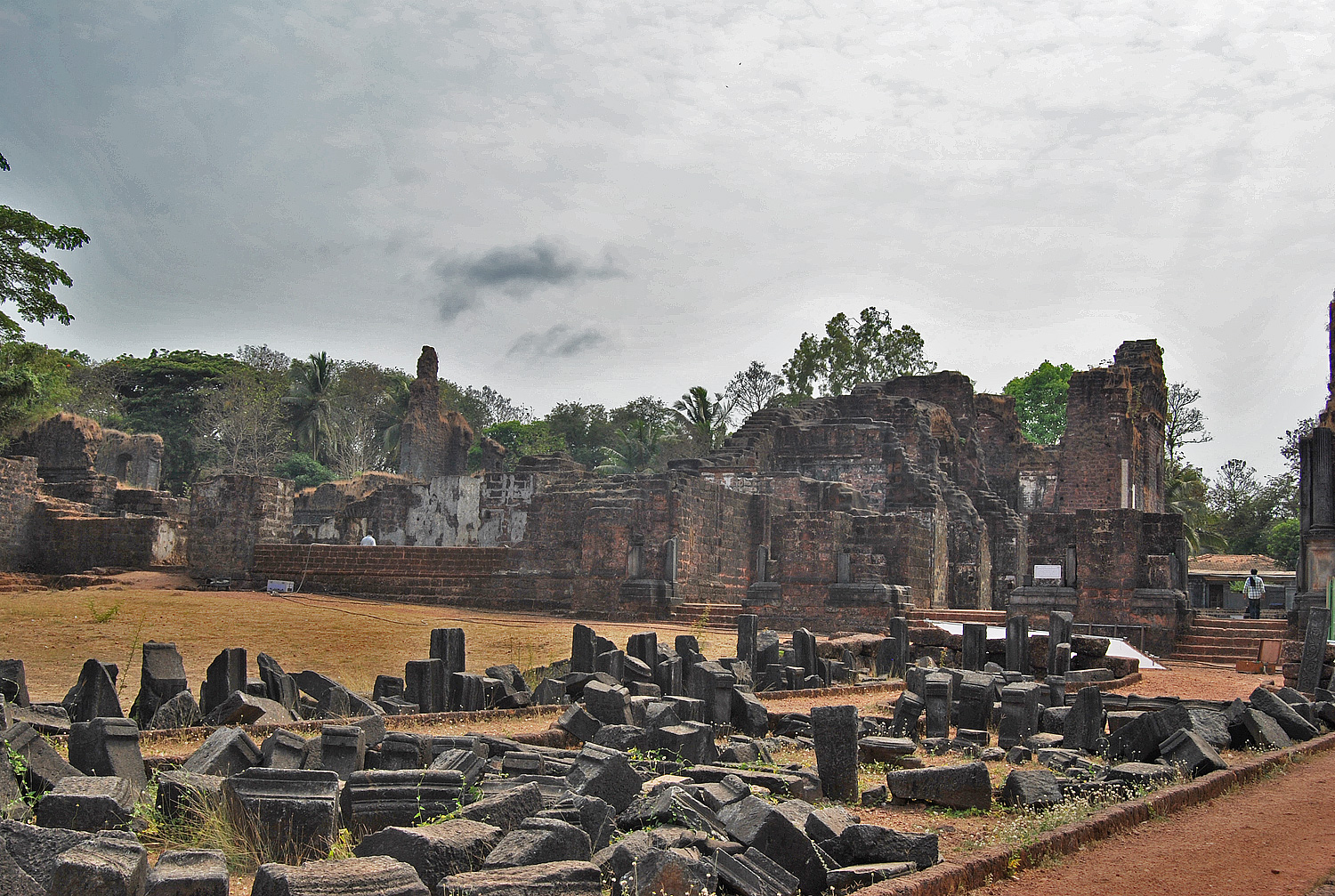
Leave a Reply